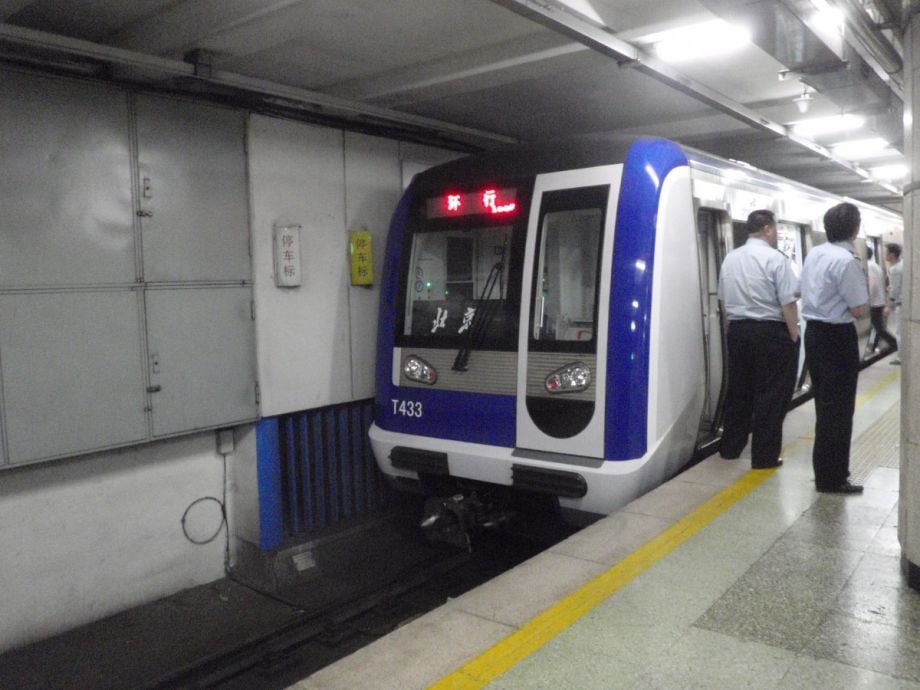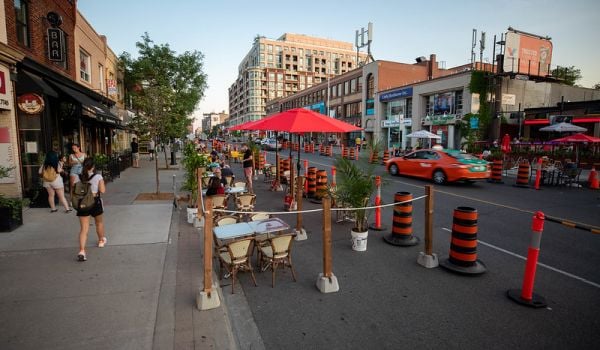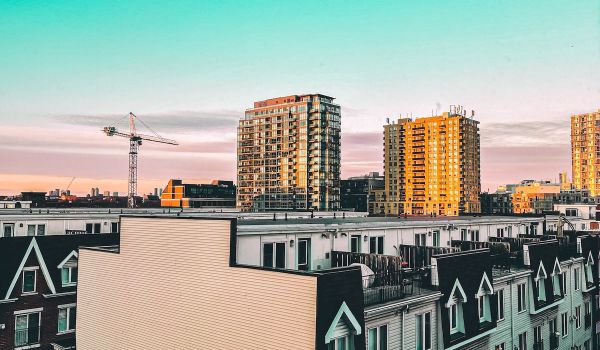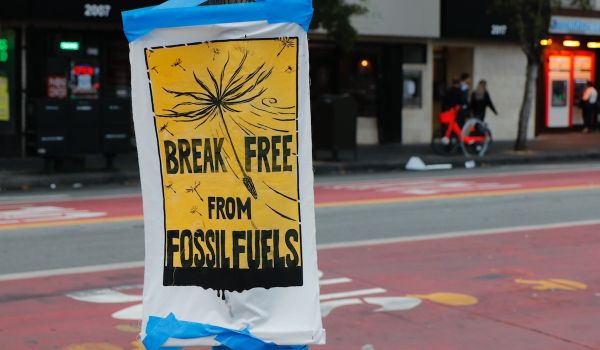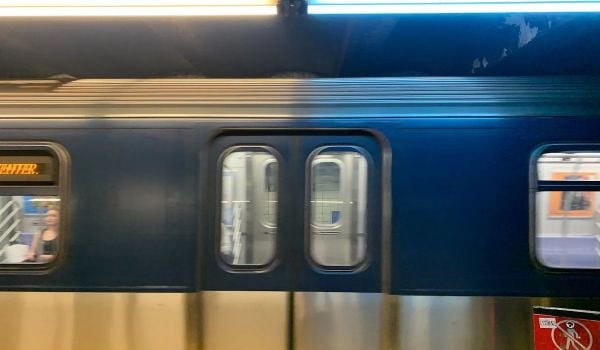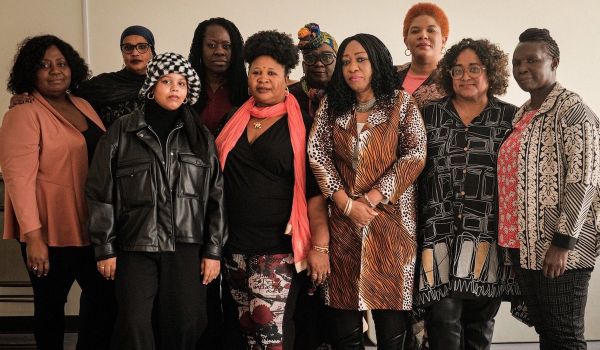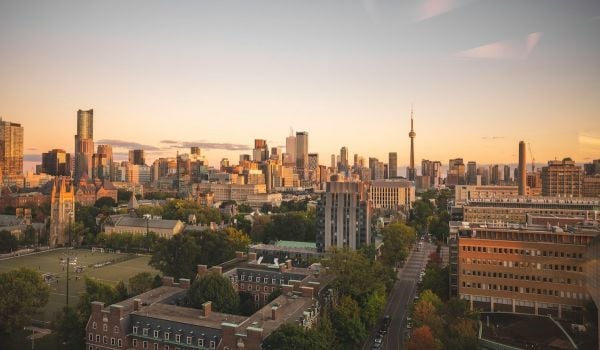Our weekly roundup of new and newsworthy transportation projects worldwide.
Auckland Starts Down Path to Light Rail
The transportation agency in New Zealand’s largest city, Auckland, is taking the first steps toward returning trams to a number of city streets that last saw them in the 1950s.
The board of Auckland Transport has voted to begin investigating the idea of constructing a light-rail network on several central-city streets, the International Railway Journal reports. The decision, announced on January 23rd, coincided with the start of a two-month public comment period on the agency’s Draft Regional Transport Plan, which lays out priorities for the next 10 years and also mentions light-rail service.
Auckland Transport says the light-rail routes would help reduce increasing auto congestion on streets leading into the city center and meet increased demand for public transport from a rapidly growing inner suburban population.
The network, it says, would also supplement the planned City Link regional rail subway, work on which has been pushed back two years, in distributing regional traffic throughout the city.
The study immediately became a subject of political debate, according to New Zealand’s 3 News. Labour Party spokesman Phil Goff said the issue was not if the system should be built, but how: “The real question is not the need for light rail but rather its as yet unidentified cost and how this cost would be met.” Denis O’Rourke, the transport spokesman for the New Zealand First party, said the national government should pick up 75 percent of the tab and criticized the “1960s thinking” of “a national government with a mindset set on roads.”
However, Auckland Mayor Len Brown, himself a member of the Labour Party, advised Aucklanders to dampen their enthusiasm, as the city’s own 10-year transport plan does not include light rail and that the system would have to be weighed against other options for improving public transport service.
Beijing to Add Four More Metro Lines
Officials in Beijing, meanwhile, have laid out plans to continue their program of rapid expansion of the Chinese capital’s metro system in response to growing traffic.
China’s Xinhua News Agency reports that Beijing Mayor Wang Anshun outlined plans to begin construction of four new metro lines in 2015 in his public works report to the annual meeting of the municipal legislature on January 23rd.
Wang said that the city would consider using public-private partnerships to finance construction of the new lines in order to reduce the government’s debt burden.
In addition to beginning work on the four new lines, the city also plans to open extensions of two existing lines this year.
The continued expansion comes on the heels of the opening of four subway lines totaling 62 km in length on December 28th, bringing total route length to 527 km. The openings coincided with a fare hike and restructuring that introduced distance-based fares to the system.
Plans call for the metro system to encompass 1,000 km of routes by 2020. It currently carries 10 million passengers per day.
Toronto Subway Extension Gets a Tad Costlier
Former Toronto Mayor Rob Ford famously campaigned strenuously against an already approved city plan to add a slew of light-rail lines to its mass transit network, claiming that the new lines would inconvenience motorists, and arguing that “The people want subways.”
That argument played well in the outer Toronto district of Scarborough, where Ford was especially popular. The plan had called for replacing the aging Scarborough RT light metro with a seven-station surface light-rail line. While Ford was unable to persuade Toronto City Council to kill the whole light-rail plan — the resulting fights contributed to Ford’s ultimate downfall — the sentiment in Scarborough was apparently strong enough to lead Council to vote to kill the Scarborough light-rail line in favor of a three-station extension of the Bloor-Danforth subway line in late 2013.
That extension will cost C$3 billion ($2.41 billion U.S.), well above the C$1.48 billion ($1.19 billion U.S.) the province of Ontario had committed to pay for the entire cost of the light-rail line’s construction. The province will still chip in that much for the subway, but now comes news that there will be additional expense involved.
A Torstar News Service report in the Toronto edition of Metro states that the city will also be on the hook for the sunk costs of the canceled LRT line, including planning and design costs for the line and a vehicle maintenance facility that was also scrapped when Council voted to kill the light-rail line.
But city officials are keeping mum on just how much these sunk costs will be, even though they are already factored into the city’s 10-year capital budget plan. Metro reports that the total tally will be between C$75 million and C$85 million ($60.4 million to $68.5 million U.S.) Metrolinx, the regional transit agency, has projected the costs at the higher figure, but the report says the lower number may be more likely.
Reports that Bombardier, which won the contract to supply the vehicles for the new LRT lines, may also levy a penalty for the canceled portion of the vehicle contract may be untrue, as company officials are downplaying talk of a penalty. What may happen instead is that Metrolinx will accept all 182 cars ordered, including the 48 slated for Scarborough service, and use the additional cars for planned routes in other parts of the Greater Toronto area.
Know of a project that should be featured in this column? Tweet @MarketStEl using the hashtag #newstarts.
The Works is made possible with the support of the Surdna Foundation.

Next City contributor Sandy Smith is the home and real estate editor at Philadelphia magazine. Over the years, his work has appeared in Hidden City Philadelphia, the Philadelphia Inquirer and other local and regional publications. His interest in cities stretches back to his youth in Kansas City, and his career in journalism and media relations extends back that far as well.
Follow Sandy .(JavaScript must be enabled to view this email address)


